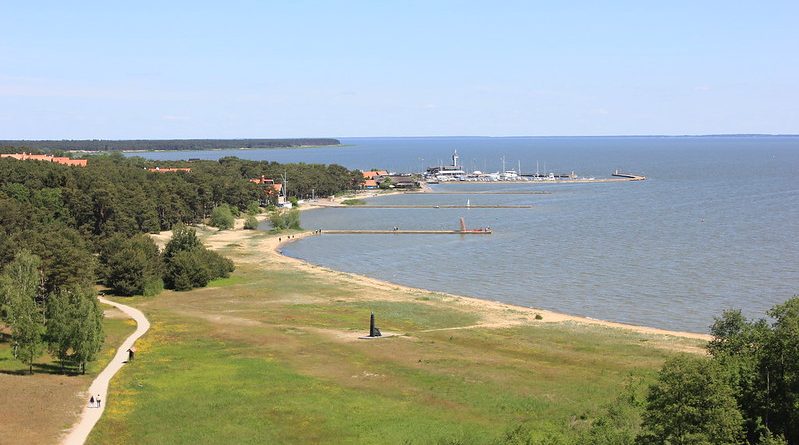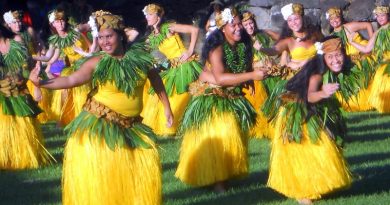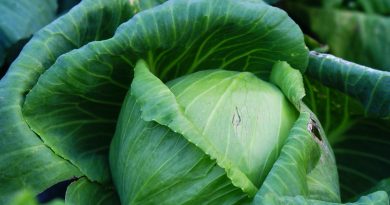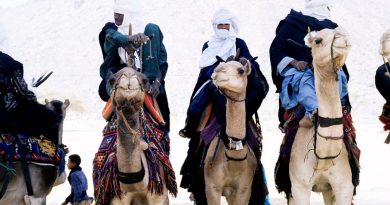The Beautiful National Parks of Lithuania
Trek Essentials
Where: The best parks are found in the south/southeast of the country
Best season: Summer for outdoor trekking and water activities
Best sights: Thousands of lakes, dense forests filled with minks, eagles, forest fruits and Baroque castles
Remember to bring: Good hiking boots – once you experience the beauty, you won’t want to go back indoors again
With its huge number of national and regional parks, it’s surprising that there’s any space left over for towns and cities in Lithuania. In fact, its rolling landscape, thick pine forests and free-range elk, deer, foxes, wolves and wild boar are the main attractions for tourists interested in botany, hiking, horse-riding and wildlife-spotting. Over thirty percent of Lithuania is covered by forests. It has many rivers, as well as over three thousand lakes. Five special areas of wetlands (Cepkeliai, Kamanos, Nemunas Delta, Viesvile and Zuvintas) are of international significance and are officially protected.
Aukštaitija National Park
This is said to be the most beautiful park in the entire Baltic region, and has also starred in a television version of Robin Hood, for obvious reasons. Designated in 1974, it is the oldest national park in Lithuania, and covers around 40,570 hectares on the eastern side of the country, near Utena. Over 70% of its area is pine forest, and contains some trees over 200 years old. There are around 80 villages you can visit inside the park, as well as some impressive lakes formed during the Ice Age, such as the tranquil Lake Dringis and Lake Tauragnas, which is the deepest lake in Lithuania. The park’s rivers, including the Zeimena, Kriauna and Lukna, are also attractive to tourists, and provide beautiful routes to follow on hikes. The rivers are also rich in wildlife, including Canadian mink, if you’re quick enough to spot them.
Paluse village is the tourist centre of the Aukstaitija National Park, and boasts an octagonal wooden church dating back to 1757. Paluse is the starting point for most of the tourist routes, both shorter and longer walks and a rowing-boat route along a system of lakes and connecting streams. If you don’t want to camp in the park, alternative accommodation is available in romantic converted windmills.
Dzukija National Park
Dzukija National Park was designated in 1991 in the region of Varena, in south-east Lithuania. The administrative and tourist centre of the Park is at Marcinkonys, which you can reach by bus or train. The Park covers 55,000 hectares, 85% of which is wooded. As well as some spectacular landscapes for hiking and horse-riding, the Park contains the ancient town of Merkine, placed at the point where the Nemunas and Merkys rivers meet. From Merkine Castle Hill, you can get a dizzying view of the verdant Nemunas valley and surrounding forest. If you’re really lucky, you might see one of the rare eagles that are found in this region.
There are many other historic villages inside the Park, and their inhabitants still practice the crafts of weaving, wood-carving and pottery. Most people make a living from selling their wares to tourists, as well as trading the wild chantarelle mushrooms and wild strawberries, cranberries and raspberries they harvest in the forests.
Trakai Historical National Park
Trakai became a national park as recently as 1992, with the historic city of Trakai at its heart. This is the closest national park to Vilnius, which is only fifteen miles away, and can be reached by train or bus. Trakai is a lot smaller than some of its peers, covering a neat fifty square miles. Its main historical focus is the Trakai Castle, picturesquely perched on an island in the middle of Lake Galvai, an ideal spot for some atmospheric photos. The castle building was almost destroyed in the 18th century, but has now been carefully restored and contains an interesting History Museum that’ll give you a good overview of its dramatic past. Just as interesting are the nearby ruins of a peninsular castle, named as the capital city of Lithuania in the 14th century by the ruling Grand Duke Gediminas.
If you’re interested in water sports like sailing, windsurfing, rowing and waterskiing, Trakai is the place to go as one fifth of its area is covered by lakes. Trakai is popular with Lithuanians for relaxation and exercise, and there are good facilities for most water-based activities.
The town of Trakai itself is small, but contains some interesting wooden houses built by the Karaites, a tribe brought to Lithuania in the late 14th century as bodyguards to the Grand Duke of the time. To learn more about the culture of the Karaites, visit their preserved temple of worship and the museum of Karaite culture in Trakai.
More Information
Lithuanian Tourist Information
For more information on these and other national parks in Lithuania
By Isobel Stewart




